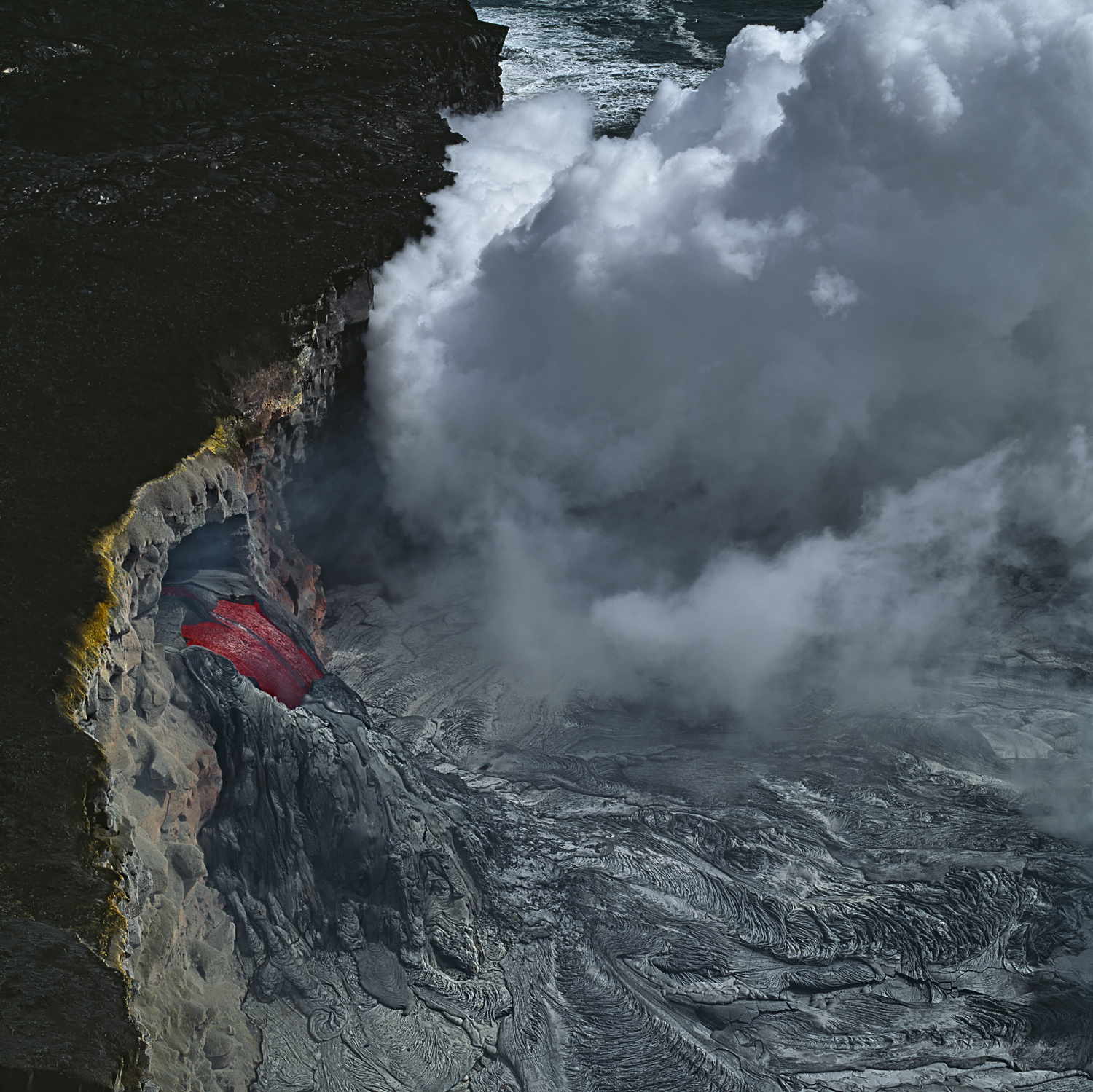
The lava of Kilauea is very fluid. It can form tunnels — underground outflow pipes — through which it flows all the way down to the sea, thermally insulated. A large section of Kilauea’s brittle and unstable coastal area breaks off and tumbles into the ocean, often cutting through these lava tunnels out of which the glowing material flows. Usually hidden by clouds of steam, this phenomenon is rarely seen.
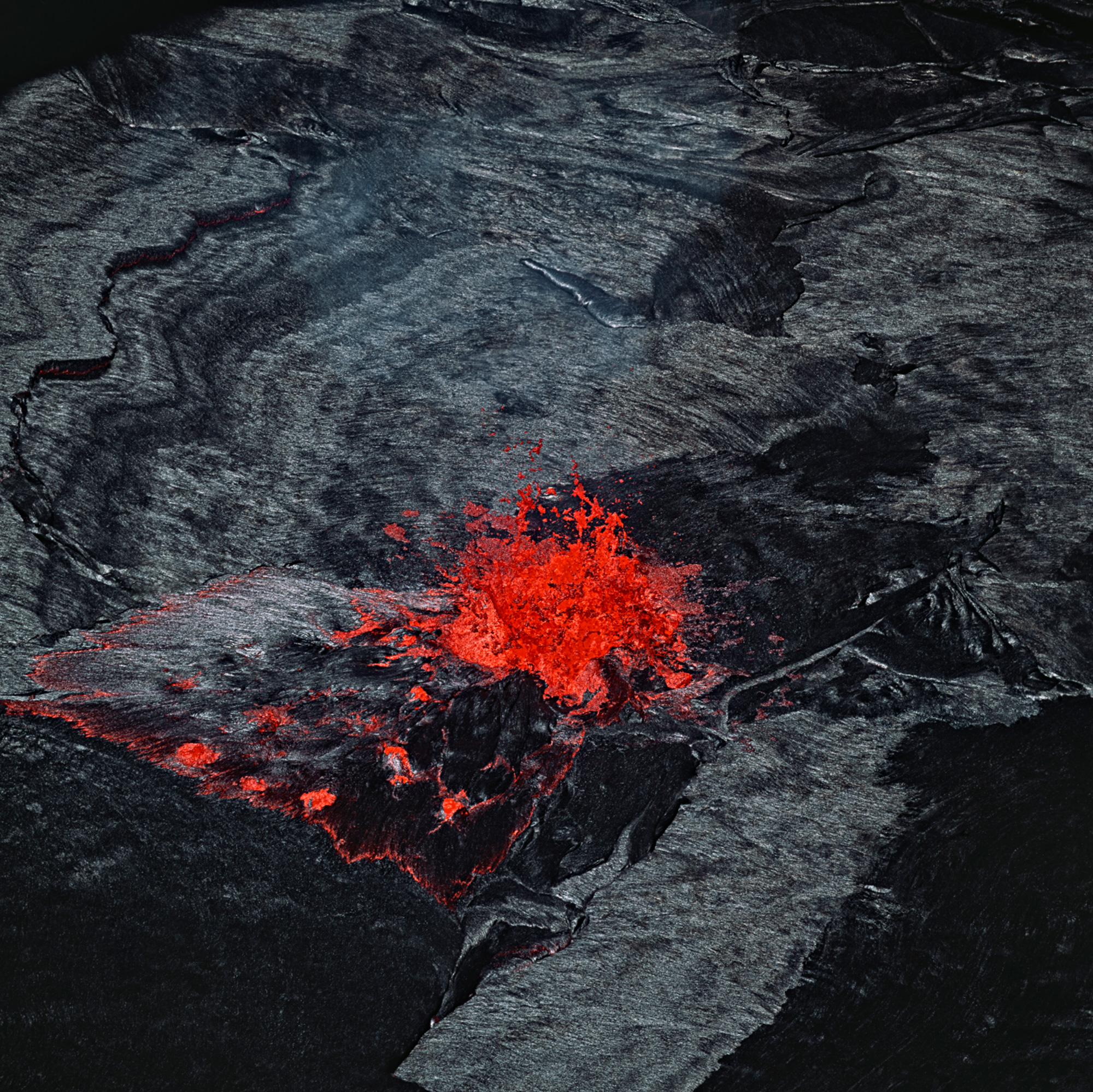
Rincón de la Vieja is one of the most closely-watched volcanoes in Costa Rica, its active crater in particular. Filled with a hot acid lake, it has a diameter of around 500 metres. Hot corrosive mudslides rush down the mountain during eruptions, endangering villages and plantations at its foot.
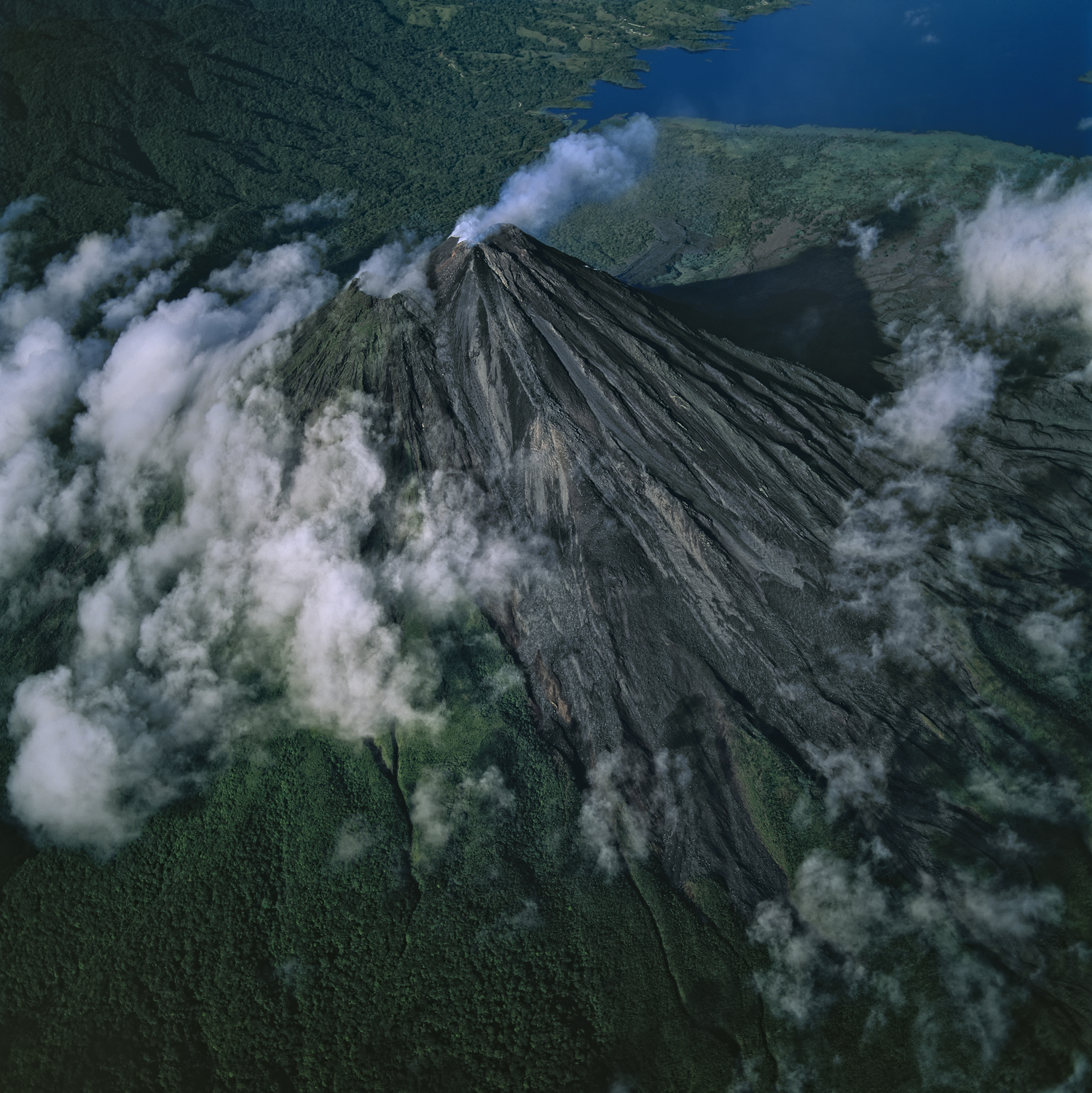
This 1680-metre-high giant is the youngest and most active stratovolcano in Costa Rica. Scientists have dated its activity back 7000 years, though it lay it dormant for millenia before erupting again unexpectedly in 1968.
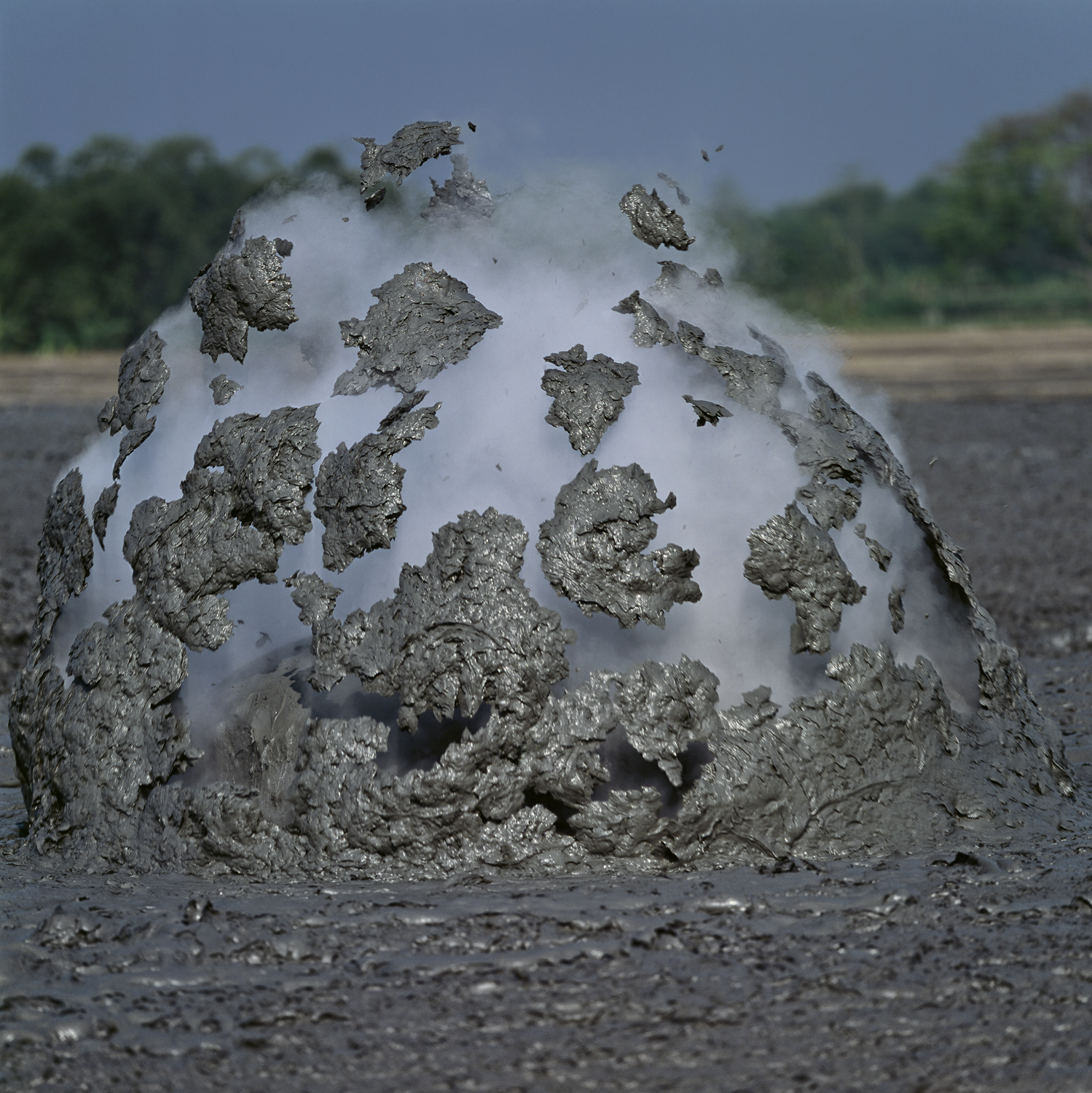
The bubbles of this geyser shoot up 10 metres into the air before they suddenly burst, sending blobs of mud flying around and releasing a white cloud of carbon dioxide. These spectacular mud eruptions occur at short intervals after rainfalls when the mud is still very wet.
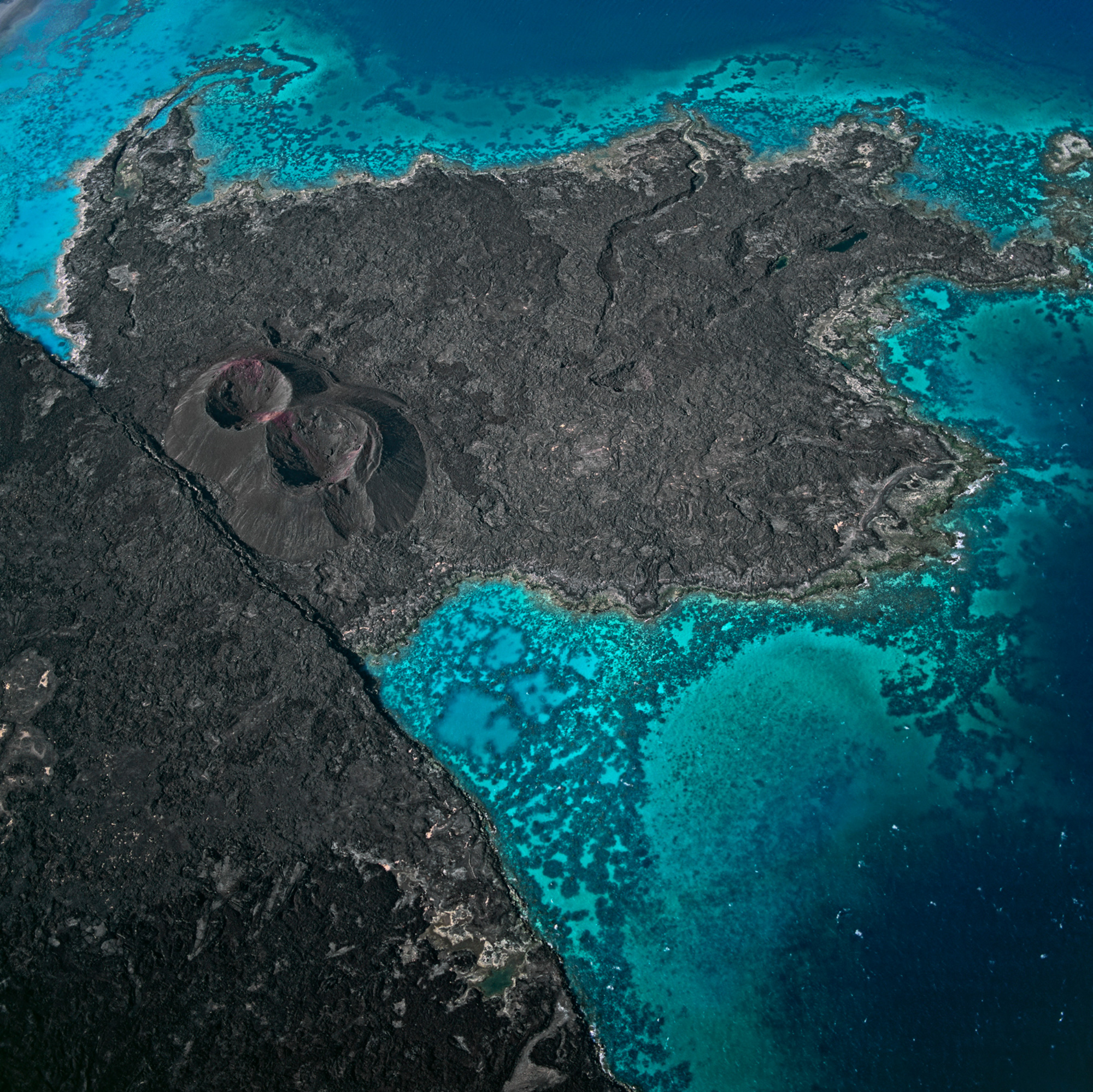
The Bay of Ghoubbet lies in the centre of a highly tectonically-active region, where violent movements of the Earth’s crust cause it to split. Fissures criss-cross the surface around it and on the sea floor, from which hot magma flows out or is spewed high in the air through volcanic necks, forming small craters. Coral reefs have formed on the solidified underwater lava rock.

It looks as if a giant has emptied a bucket of paint on this plateau in the unpopulated mountains of the Parinacota volcano region in northern Chile. The blood-red water that collects in the Laguna Roja has a temperature of 40–50 degrees Celsius. The vivid colour is due to thermophilic algae that thrive at these high temperatures.
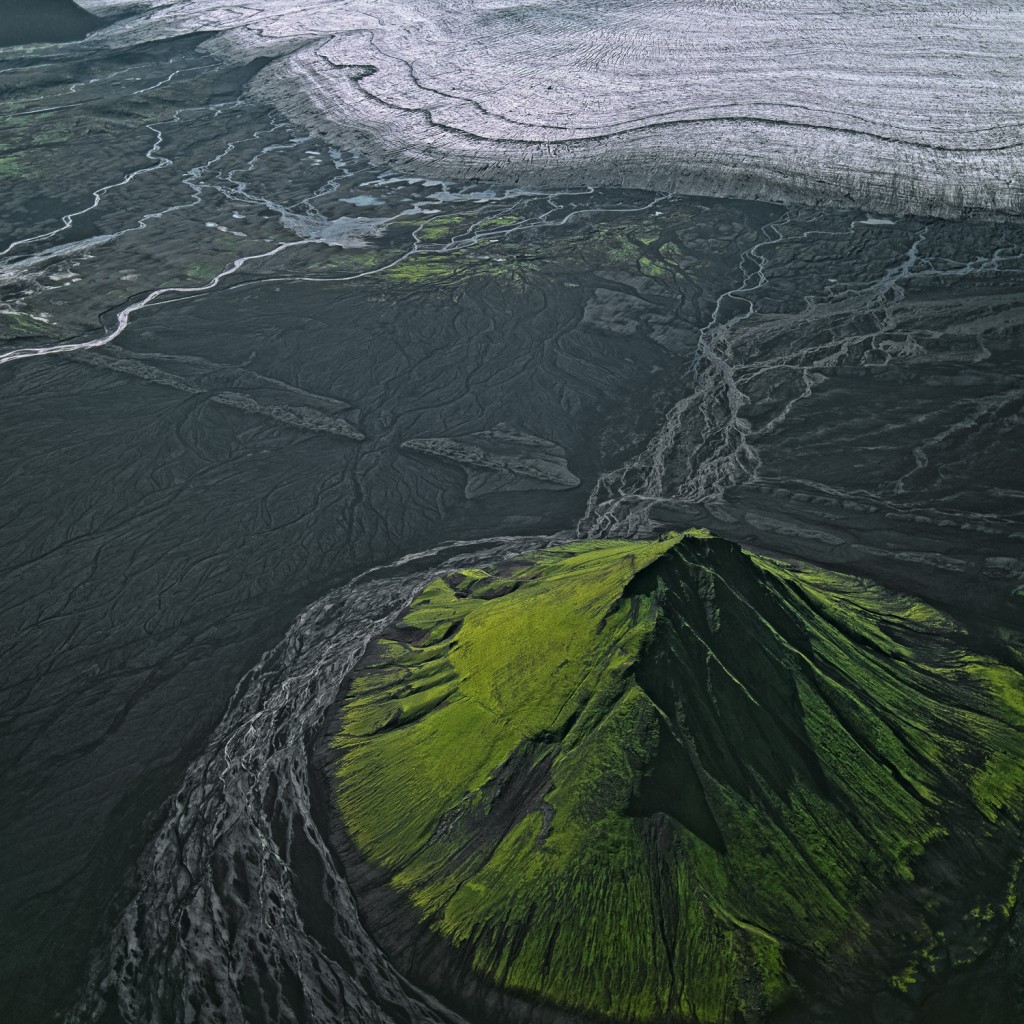
Maelifell, the remnant of a proud volcanic cone, is constantly washed by melt water flowing from Myrdalsjökull. It is just 100 metres high and covered by a thick layer of green spring moss.
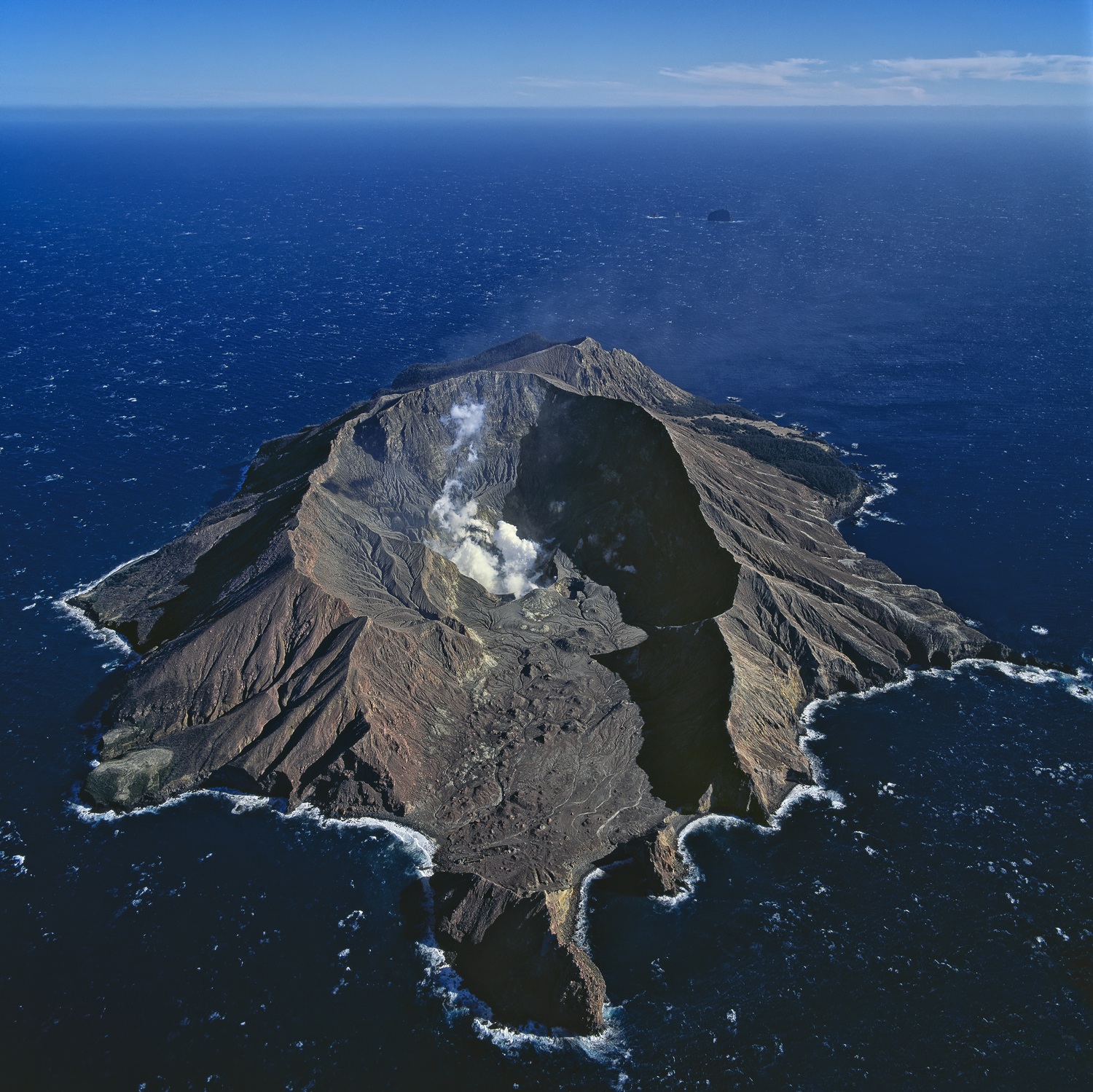
White Island is the peak of a volcano stemming from the sea floor. This volcanic island is situated in the Bay of Plenty, 48 kilometres from the east coast of the North Island of New Zealand. Measured from the sea floor, the volcano is around 1000 metres high, but only 321 metres are above sea level. The crater acquired its characteristic horseshoe shape during a fierce eruption, which crushed its wall.
